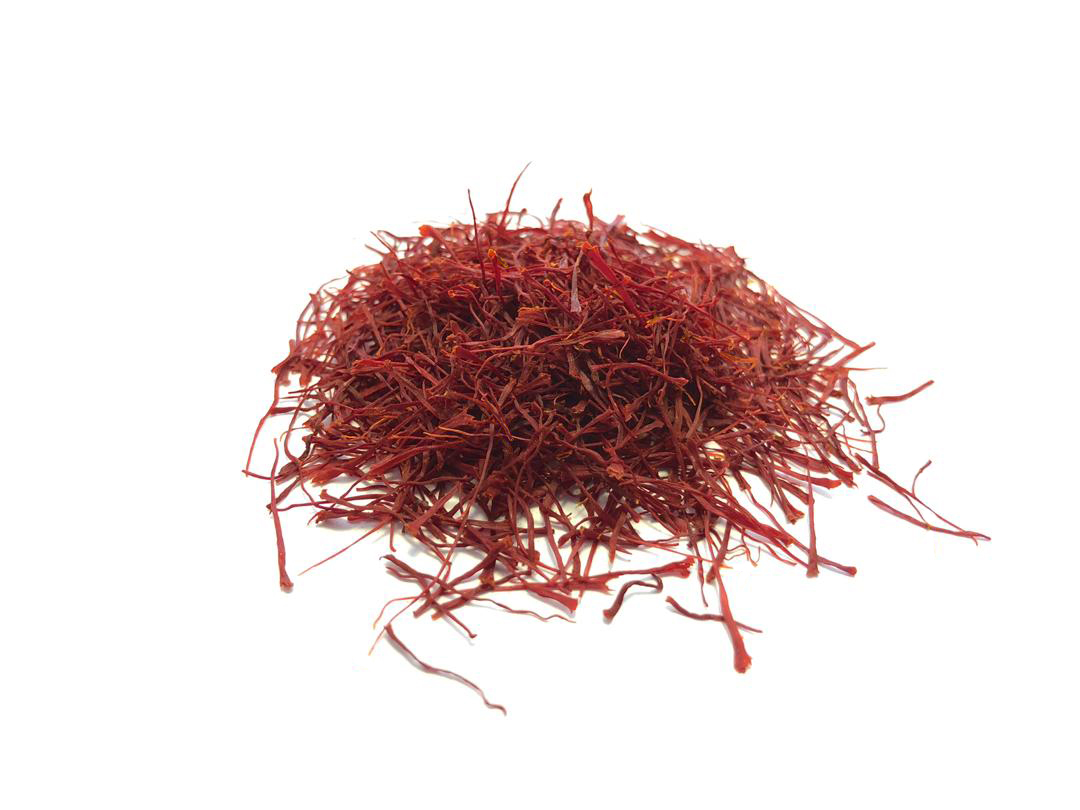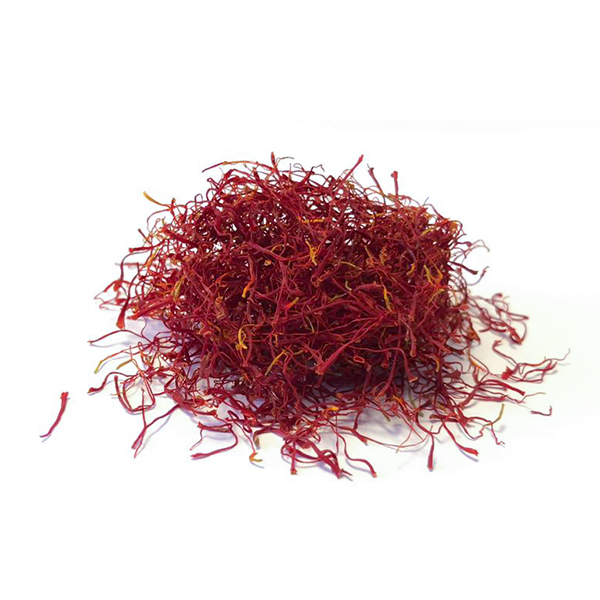Discover the Nutritional Benefits
Saffron rice is a delicious and aromatic dish enjoyed worldwide, often seen as a luxurious side to various meals. It combines the rich flavors of saffron with the comforting texture of rice, but many wonder: Is saffron rice healthy? In this article, we explore the health benefits and potential nutritional value of saffron rice, so you can enjoy this tasty dish with confidence.

What Makes Saffron Rice Unique?
Saffron rice is made by infusing rice with saffron threads, a spice derived from the Crocus sativus flower. The saffron imparts a golden color, unique aroma, and subtle flavor to the rice, making it an appealing addition to many dishes. Aside from the delicious taste, saffron rice also carries some potential health benefits, thanks to the nutritious properties of saffron.
1. Saffron’s Health Benefits
Saffron is packed with antioxidants, vitamins, and minerals. It contains compounds like crocin, which helps protect cells from oxidative damage, and safranal, which is known for its anti-inflammatory properties. These compounds may provide numerous benefits for your overall health. Saffron also contains vitamins A and C, which are essential for skin health and immune function.
In addition, saffron has mood-boosting properties. Some studies suggest that saffron may help reduce symptoms of depression and anxiety, making it a natural mood enhancer. Therefore, saffron rice doesn’t just add flavor to your meals, but it may also support emotional well-being.
Nutritional Value of Saffron Rice
2. High in Carbohydrates
Like all rice-based dishes, saffron rice is rich in carbohydrates, which provide energy for your body. Carbohydrates are the body’s primary source of fuel, and consuming them in moderation is essential for maintaining energy levels throughout the day.
However, the nutritional profile of saffron rice will largely depend on the type of rice used. White rice offers quick energy but may lack fiber compared to brown rice, which provides additional fiber to support digestion and help maintain stable blood sugar levels. To make saffron rice even healthier, you can opt for brown rice or another whole-grain variety.
3. Rich in Fiber (If Using Whole Grains)
When you use brown rice or other whole grains in your saffron rice recipe, it becomes a good source of fiber. Fiber is essential for digestive health, helping to prevent constipation and promoting a feeling of fullness. Consuming more fiber-rich foods may also help control blood sugar levels and lower cholesterol.
Brown rice also provides essential minerals like magnesium, phosphorus, and selenium, which contribute to strong bones, heart health, and immune function.
Is Saffron Rice Healthy for You?
4. A Balanced Side Dish
Saffron rice can be a healthy, balanced side dish when paired with a variety of nutrient-rich foods. For example, you can pair saffron rice with grilled chicken, vegetables, or a light seafood dish to create a well-rounded meal that provides a balance of protein, healthy fats, and carbohydrates.
However, like any dish, the key to making saffron rice healthy lies in moderation and the choice of ingredients. If you’re using butter or heavy oils to prepare the rice, consider switching to healthier alternatives like olive oil or coconut oil. These oils provide healthy fats that can support heart health.
5. Portion Control Is Key
Although saffron rice has several health benefits, it’s important to control portion sizes. Since saffron rice is typically made with white rice, it can be high in calories if eaten in large amounts. To maintain a balanced diet, enjoy saffron rice in moderate portions, alongside plenty of vegetables and lean proteins.
https://saffronexporter.com/is-saffron-a-herb-or-spice/680/






